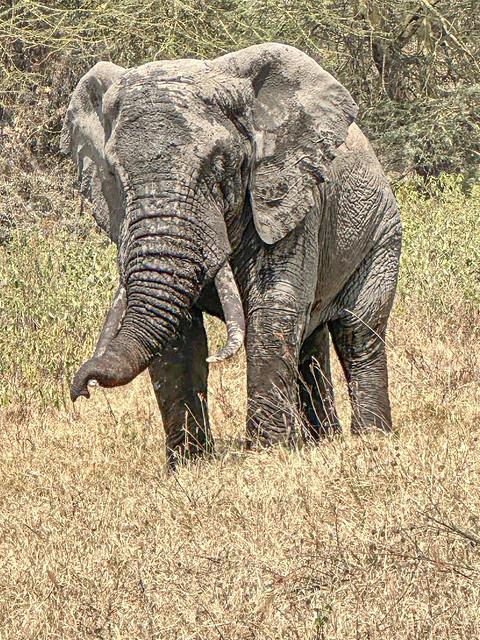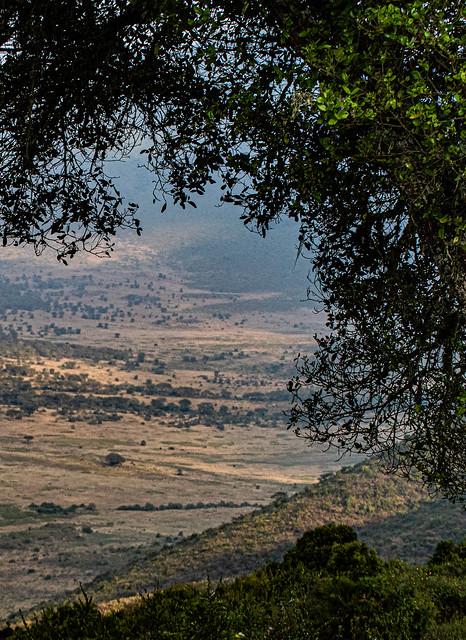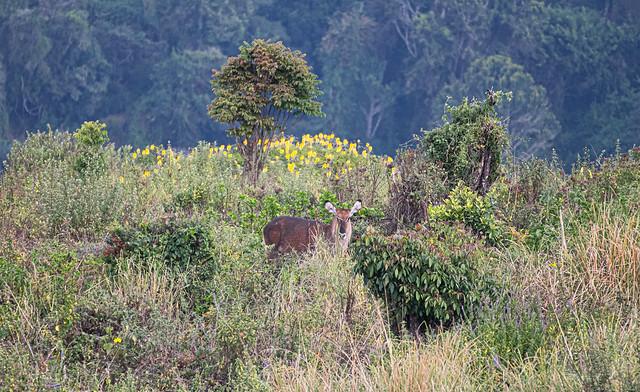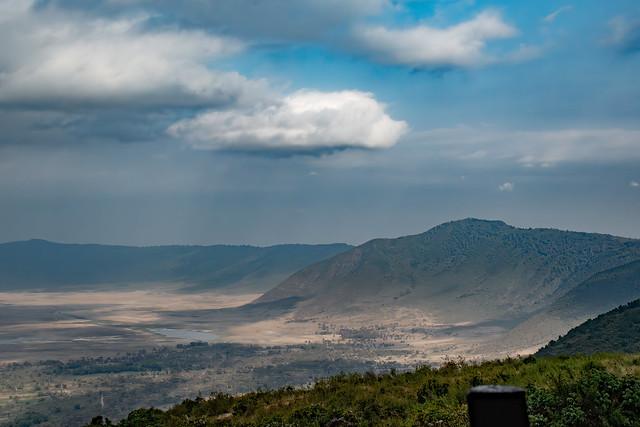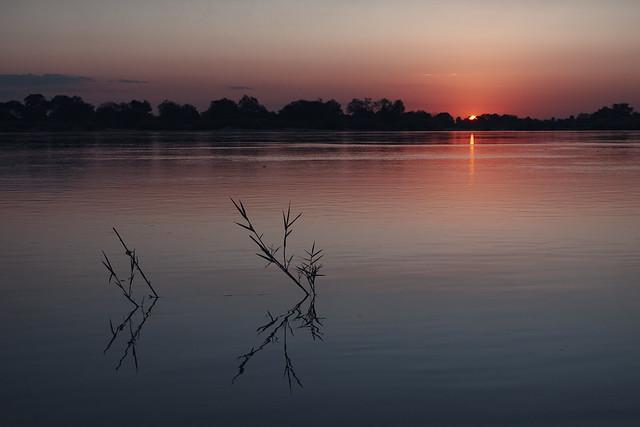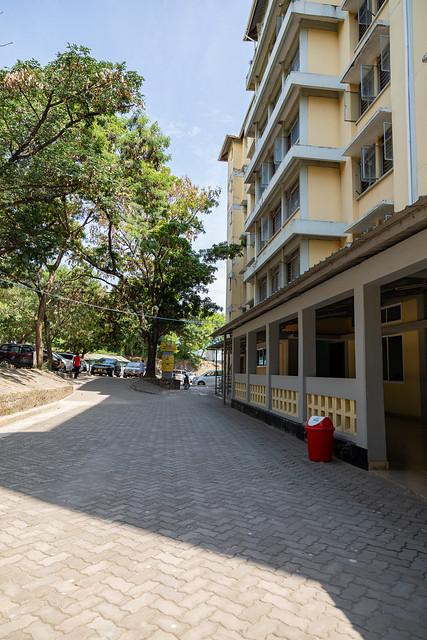Manyara
Overview
Lake Manyara National Park is a jewel nestled in the northern region of Tanzania, renowned for its stunning landscapes and rich biodiversity. This compact park is framed by the Great Rift Valley's escarpment, with the shimmering expanse of Lake Manyara at its heart. Travelers are greeted with a variety of ecosystems, from lush forest to open savanna, making it an ideal spot for witnessing a plethora of wildlife. The park is particularly famous for its large population of elephants, vibrant bird species, and unique tree-climbing lions, providing photographers and nature lovers with unforgettable experiences.
The atmosphere within Lake Manyara National Park is nothing short of enchanting. As visitors traverse the diverse habitats, they encounter the sounds of the African wilderness—chirping birds, rustling leaves, and the distant calls of wildlife. The park's serene environment encourages visitors to immerse themselves in nature, offering opportunities for guided walking safaris or tranquil canoe rides on the lake. Here, you can observe hippos lounging in the water and a myriad of bird species, including flamingos and pelicans, which create a breathtaking spectacle against the backdrop of the lake.
Culturally, Manyara is rich with the traditions of the Masaai people, who inhabit the region surrounding the park. Their vibrant customs and lifestyles offer a fascinating insight into Tanzania's indigenous cultures. Travelers can engage in village visits, where they can witness traditional dance, learn about Maasai crafts, and even participate in local ceremonies. These interactions foster a deeper understanding of the Maasai way of life, which is closely intertwined with the land and its wildlife, emphasizing the importance of conservation and sustainable living.
The historical significance of Manyara extends beyond its natural beauty. The area has been shaped by geological processes and human history alike. Lake Manyara was formed as part of the Great Rift Valley, a critical geological feature that offers insights into Earth's history. Additionally, the park has archaeological sites that reveal traces of ancient human activity, dating back thousands of years, including evidence of early hominids. This blend of natural and historical narratives enriches the travel experience, connecting visitors to the deep roots of human civilization in this region.
Local characteristics also define the Manyara region. The vibrant markets in the nearby town of Mto wa Mbu provide a sensory overload, with stalls overflowing with colorful textiles, handmade crafts, and fresh produce. This bustling town serves as a cultural crossroads, where various ethnic groups converge, resulting in a rich tapestry of languages, foods, and traditions. Tourists can sample local delicacies, such as ugali and nyama choma, or visit local artisans to witness the craftsmanship of traditional beadwork and wood carvings.
In conclusion, Manyara is a destination that captivates travelers with its unique blend of stunning natural beauty, rich cultural experiences, and historical significance. Whether you are embarking on a wildlife safari in Lake Manyara National Park, engaging with the Maasai people, or exploring the vibrant local markets, this region offers a profound connection to Tanzania's natural and cultural heritage. Visitors leave with cherished memories and a deeper appreciation for the diverse landscapes and communities that make Manyara a remarkable place to explore.
How It Becomes to This
History not available
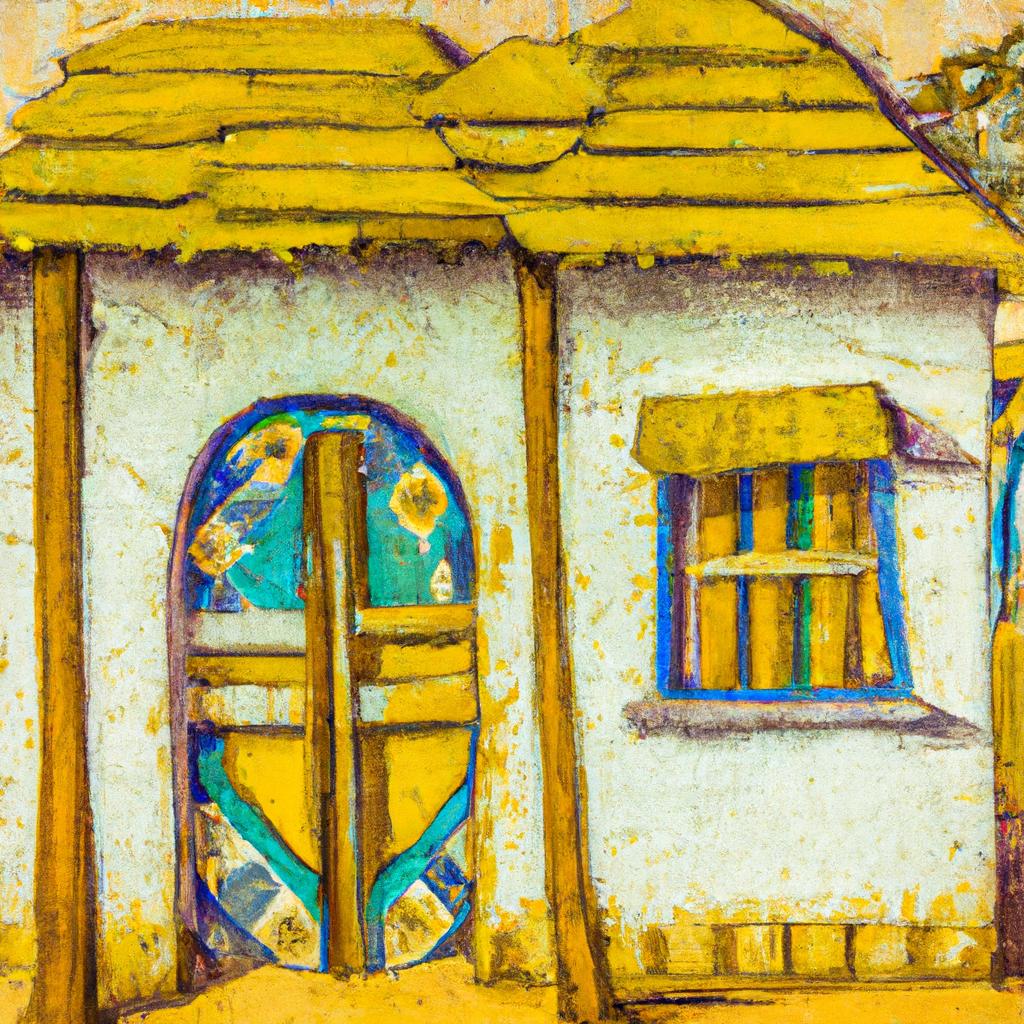
You May Like
Explore other interesting states in Tanzania
Discover More Area
Delve into more destinations within this state and uncover hidden gems.


